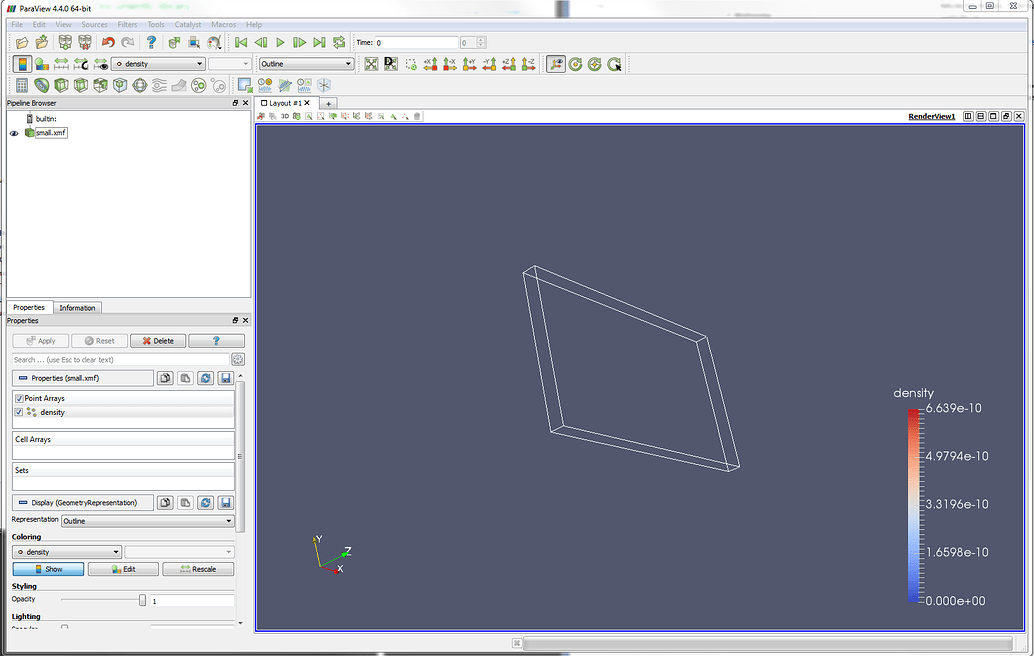

That might mean that the flow is simply not going into that area. Thus, if the streamlines are not covering a part of your data, that means that none of the particles traveled to that region of space. (It also traces it backward to find its origin as well.) It does this for 50 particles spaced evenly across that line defined in space. In the case of the ParaView filter you are using, the filter takes a particle that starts on the line you put in space and then traces that particle has the vector field moves it around. That description is not very mathematically precise (which is why you’ll often hear it defined in other terms), but I think it is a fairly intuitive way to think of it. As the particle gets pushed through space, we trace the path that the particle travels. That is, the vector at the particles location determines its exact speed and direction. You take a weightless particle and move it around by the vector field. You can create different views to view the data using different visualization techniques at the same time.The Wikipedia article on streamlines is as detailed an introduction as any other I know of, but here is the idea of streamlines in a nutshell: Views provide a viewport in which the data can be displayed or plotted. Displaying Dataĭata can be visualized using any of the different views available in ParaView. The expressive data model used by ParaView, the VTK data model, makes it possible to efficiently represent scientific meshes and their fields in a variety of shapes and sizes including rectilinear grids, curvilinear grids, volumetric datasets, surface meshes and 3D unstructured grids.

If you do encounter a format that is not supported, it is possible to add new readers through plugins or putting together a Python based scriptable data source. Most common file formats encountered in scientific workflows are already supported.

Right out of the box, ParaView supports reading over 100 file formats. While the flexibility offered by such pipelines can be a little overwhelming at first, using the ParaView Tutorial and ParaView Guide, one can quickly master these concepts and be well on their way to uncovering secrets in their data! Loading Data Different types of views provide the ability of view the results of such filtering in different forms including 3D rendering as surfaces or volumes, line plots, bar plots, and even as a spreadsheet of raw data values.įigure 2: The visualization pipeline used by ParaView for data processing.īy connecting different filters together, users can create visualization pipelines that can easily handle complex use-cases and generate informative and insightful visualizations. The multitude of filters available cover a wide gamut of operations commonly encountered in scientific data processing, including slicing, clipping, contouring, and thresholding. Once your data is in paraview, you can transform the data to extract important information using filters and show the results in views. If the file format is not already supported, it’s possible to add new readers via plugins. ParaView supports a multitude of file formats commonly used in scientific data processing. You can open data files written out by simulations in ParaView using File | Open. ParaView Desktop (or paraview for short) is intended for post processing of simulation results. The application has undergone considerable evolution since it was first released in 2002, however the core spirit has remained the same – provide users the palette to analyze their data to glean insight and generate compelling visualizations. The application allows users to seamlessly use local desktop and remote HPC resources alike to analyze and visualize results. This Qt-based application is supported on the three common desktop operating systems – Windows, Linux, and OsX (or macOS). The most frequently used interface to ParaView is the desktop application.


 0 kommentar(er)
0 kommentar(er)
